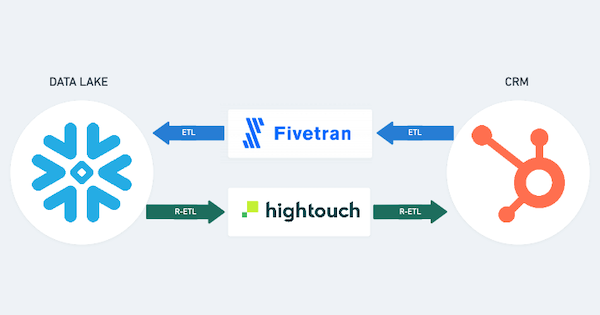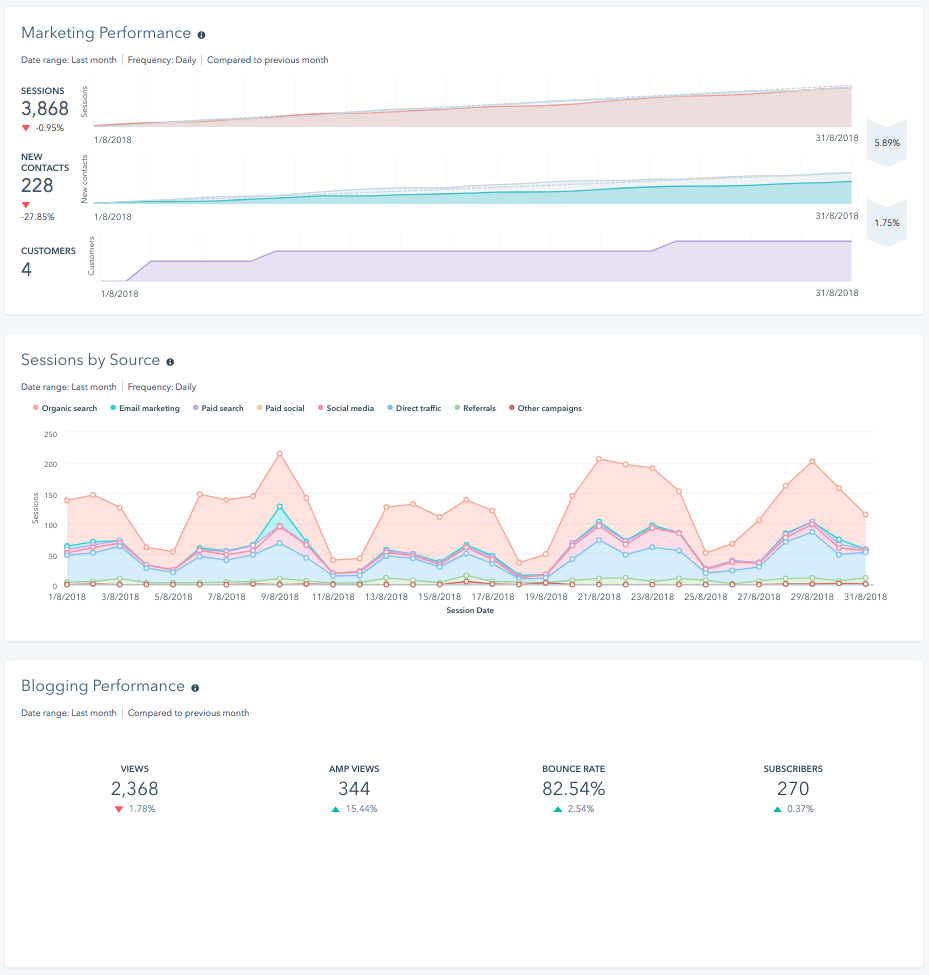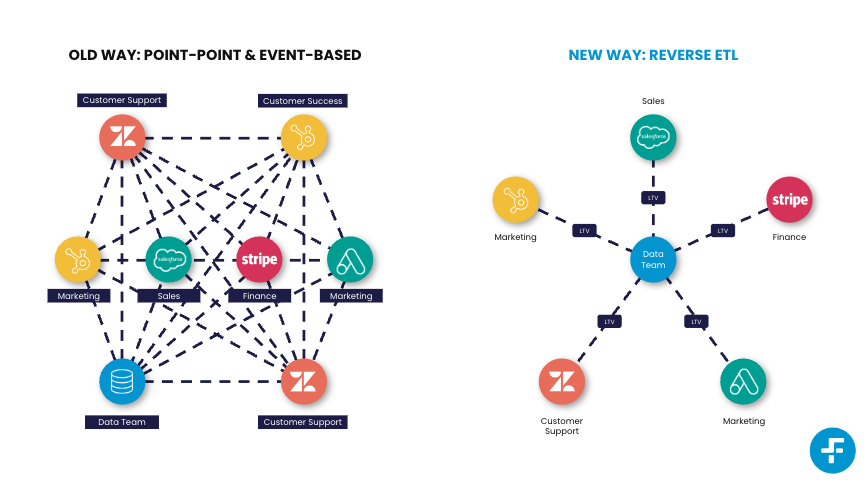


Data Structure Decoded: How to Create a Modern Data Structure



.png?width=560&name=S%26F%20%20Feature%20Image%20Banners%20(16).png)
Introduction
A data structure is a critical component of a modern business, as it refers to how data is organized and stored. A data structure ultimately affects how data can be accessed, managed, and analyzed.
With the increasing amount of data businesses generate, a modern data structure is crucial to ensure data integrations capture accurate, accessible, and valuable data.
A critical concept in data structure is the data hierarchy of needs. This refers to the layers of data needs that must be fulfilled for businesses to use their data effectively.
The layers include data capture, modelling, visualising, automating, and analysis. This blog post will explore how the modern data structure enables teams to fulfil the data hierarchy of needs.
The Data Hierarchy of Needs
The data hierarchy of needs refers to the layers of data needs that must be fulfilled for businesses to use their data effectively.
 Source: Fivetran
Source: Fivetran
While there are several versions of this model, they all feature a progression from collecting raw data at the bottom to AI and ML at the top (Fivetran)
The layers include:
Data collection
Capturing data is the first layer, which refers to collecting and storing data. This stage is critical to your modern data flow and allows for data to be extracted, transformed and loaded (ETL) in future levels of the data hierarchy of needs.
ETL
An ETL process is a method of extracting data from various sources, transforming it into a format that can be loaded into a data storage system, and loading it into that system.

For example, a retail company may have data on customer transactions stored in multiple databases and systems, such as point-of-sale terminals, online sales platforms, and customer relationship management software. To analyze this data and gain insights, it must be extracted from these various sources, transformed into a standard format, and loaded into a central data warehouse.
The ETL process is crucial for data capture as it allows businesses to gather data from various sources, standardize it, and prepare it for analysis. Without ETL, data would be siloed in different systems and difficult to access, understand, and use.
Data Cleaning
Data cleaning is essential in the ETL process, ensuring the data is accurate and consistent. During data cleaning, data is checked for errors, inconsistencies, and duplicate entries.
For example, in the retail company example mentioned earlier, a customer's name may be spelt differently in different systems. During the ETL process, data cleaning would be used to identify and correct these inconsistencies so that the customer's name is consistent across all systems.
Data Models
Again, looking at the retail example, we mentioned that data from multiple sources must be transformed into a standard format for your data models.
Reports & Dashboards
Data models feed directly into the reports you build, how you visualise data, and the dashboard your team's reference.
They help your team answer questions such as: What are the most popular products among customers? What are the sales trends over the last year? Which customer demographics are most likely to purchase a particular product?

Machine learning and AI
The last stage of the data hierarchy of needs is predictive modelling, ML and AI. These advanced analytical techniques build on the data models and allow for more advanced data analysis and decision-making, which can help businesses to make more informed decisions and improve their overall performance.
The Modern Data Stack
The modern data stack consists of several key technologies that work together to fulfill the data hierarchy of needs. These technologies include:
Automated Data Pipeline:
An automated data pipeline is a process that extracts, transforms, and loads data from various sources into a central data warehouse. This technology is crucial for data capture and data transformation, as it allows businesses to collect and standardize data from various sources in a more efficient and automated way.

Cloud Data Warehouse:
A cloud data warehouse is a data storage solution that allows businesses to store and access large amounts of data in the cloud. This technology is crucial for data storage, allowing businesses to scale their storage needs and access data from anywhere.
Transformation Tool:
A transformation tool is a software that allows businesses to transform data from various sources into a standard format. This technology is crucial for data transformation, as it allows businesses to standardize and clean data before it is loaded into the data warehouse.
BI Platform:
A BI platform is software that allows businesses to create and view reports, dashboards, and visualizations. This technology is crucial for data access and analysis, allowing businesses to gain insights from data and make strategic decisions.
A modern data structure is crucial for businesses to use their data effectively. By fulfilling the data hierarchy of needs, businesses can collect, store, and access data more efficiently and streamlined. The modern data structure is made possible by using advanced technologies such as automated data pipelines, cloud data warehouses, transformation tools, and BI platforms.
We encourage readers to register for our upcoming webinar with Fivetran. We will demonstrate how you can easily extract, load, and transform your data to fulfil the data hierarchy of needs and improve your business performance.







.png?width=1000&height=300&name=SAF%20%20CTA%20template%20(12).png)
